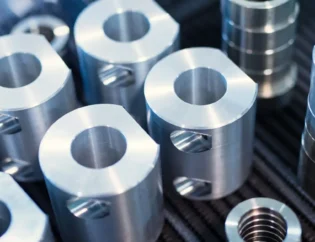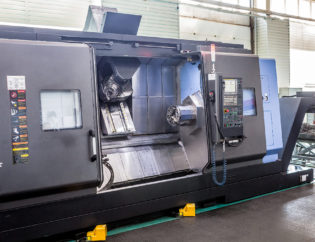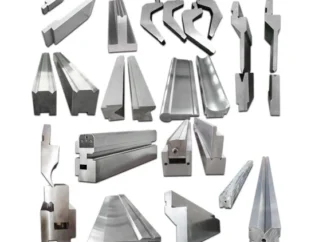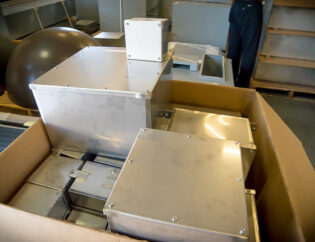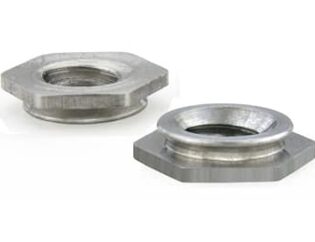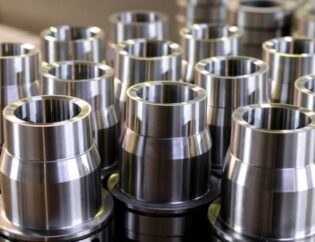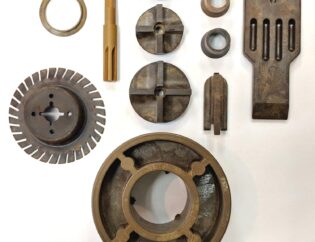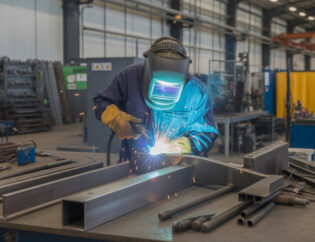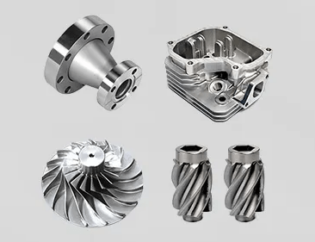Sheet metal ductwork fabrication is a crucial aspect of HVAC systems, playing a vital role in ensuring efficient air distribution and maintaining indoor air quality. Understanding the intricacies of this process not only enhances system performance but also contributes to energy savings and comfort in residential and commercial spaces.
In this guide, readers will explore the fundamental principles of sheet metal ductwork fabrication, including material selection, design considerations, and fabrication techniques. Each section is designed to provide practical insights and tips that can be applied in real-world scenarios.
Additionally, the guide will cover essential tools and equipment used in the fabrication process, along with safety practices to ensure a secure working environment. By the end, readers will be equipped with the knowledge to undertake their own ductwork projects confidently.
“`markdown
Beginners Guide to Sheet Metal Duct Fabrication Process
The process of HVAC sheet metal fabrication is an intricate part of HVAC installation and repair. While the outcomes of sheet metal work such as ductwork, equipment housing, and more are all around us, the behind-the-scenes process of transforming raw materials into precisely engineered components is intricate and multifaceted. In this post, we provide a comprehensive look into the step-by-step procedures involved in HVAC sheet metal fabrication. From determining material and gauge sizes to industrial techniques such as cutting, forming, assembly, and more – we will break down each stage so you have a thorough understanding of how complex HVAC systems are brought to life through sheet metal work.
Technical Features of Sheet Metal Ducts
Understanding the technical features of sheet metal ducts is crucial for effective HVAC system design. Below is a comparison table highlighting the key technical features of different sheet metal materials used in duct fabrication.
| Feature | Galvanized Steel | Aluminum | Stainless Steel | Mild Steel |
|---|---|---|---|---|
| Weight | Heavy | Lightweight | Moderate | Heavy |
| Corrosion Resistance | Moderate | High | Very High | Low |
| Cost | Low | Moderate | High | Low |
| Durability | High | Moderate | Very High | High |
| Fabrication Ease | Moderate | High | Moderate | Moderate |
| Applications | HVAC, Industrial | HVAC, Coastal Areas | Chemical Plants | Heavy-duty Industries |
Types of Sheet Metal Ducts
Ducts come in various types and shapes to accommodate diverse installation requirements and airflow dynamics. The type and shape of a duct determine its efficiency in air distribution, space utilization, and overall system design. Below is a comparison table of common duct types.
| Duct Type | Description | Advantages |
|---|---|---|
| Rectangular Duct | Easy to fabricate and fit into buildings. Ideal for constrained spaces. | Space-efficient, customizable sizes. |
| Round Duct | Circular shape, offers reduced pressure drop and better airflow efficiency. | Less material required, better airflow. |
| Oval Duct | Combines advantages of round and rectangular ducts. Suitable for height restrictions. | Efficient in tight spaces, good airflow. |
| Spiral Duct | Circular shape with spiral construction. Offers aesthetic appeal and efficient airflow. | Visually appealing, efficient in airflow. |
| Flexible Duct | Made of flexible materials, appropriate for connecting main ducts to air outlets. | Easy to install in tight spaces, versatile. |
The Sheet Metal Duct Fabrication Process
Fabricating ductwork from sheet metal involves several key steps, each requiring precision and expertise to ensure the final product meets the required standards and specifications. The process includes:
- Material Selection: Choose appropriate sheet metal based on environmental conditions, system requirements, and budget.
- Design and Layout Planning: Create a detailed CAD design considering custom fittings and optimizing airflow to meet specific needs.
- Cutting and Shaping: Precisely cutting and shaping the metal into ducts using tools like shears, plasma cutters, or laser cutters.
- Assembly and Joining: Assembling and joining the pieces using techniques like riveting, welding, or using specialized connectors.
- Finishing and Quality Control: Applying protective coatings or paint and conducting quality control checks to ensure it meets all specifications and standards.
Design Considerations for Sheet Metal Ducts
The design of sheet metal ducts is fundamental to the efficiency, functionality, and longevity of HVAC systems. Key considerations include:
– Duct Size and Capacity: Proper sizing influences airflow efficiency and system balance.
– Shape and Layout: The layout should minimize bends and turns to reduce resistance and noise.
– Insulation and Sealing: Essential to prevent energy loss and maintain desired temperatures.
– Noise Consideration: Design must minimize air turbulence and use insulation to dampen sound.
– Compliance with Standards: Adherence to industry standards ensures safety and efficiency.
– Energy Efficiency: Optimizing duct layout and materials to minimize energy loss is crucial.
Applications of Sheet Metal Ducts
Sheet metal ducts are widely used in HVAC systems, serving as vital conduits for distributing air throughout buildings. They maintain indoor air quality, temperature control, and overall comfort. Additionally, sheet metal ducts are essential in industrial settings for ventilation and exhaust, ensuring the removal of harmful gases and dust. ProleanTech (proleantech.com) emphasizes the importance of custom solutions for optimizing airflow and energy efficiency in various applications.
Conclusion
Sheet metal ducts are key components in HVAC systems, industrial gas exhaust mechanisms, and other applications. Well-designed and fabricated ducts ensure performance and longevity in the application, from energy efficiency to air quality. Understanding the materials, fabrication techniques, and duct shapes is essential for effective ductwork design. Companies like kdmfab.com, airideal.com, centurysheetmetal.com, and agifabricators.com provide valuable insights and services in this field.
FAQs
Related Video
What are the most common materials used in duct fabrication?
The common materials are galvanized steel, aluminum, and stainless steel.
Why is proper sealing essential in duct fabrication?
It is essential to prevent air leaks, which can reduce system efficiency.
How is sheet metal duct made?
Sheet metal ducts are made by cutting, bending, and assembling metal sheets, typically using specialized machinery and joining techniques.
What are the applications of sheet metal ducts?
They are common in HVAC systems, industrial ventilation, exhaust handling, and in settings requiring air distribution like kitchens and laboratories.
What is the best sheet metal for ductwork?
Galvanized steel is considered the best for general HVAC ductwork due to its durability, efficiency, and cost-effectiveness.
“`

